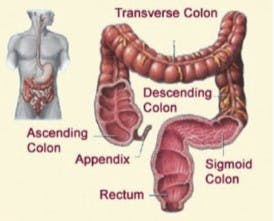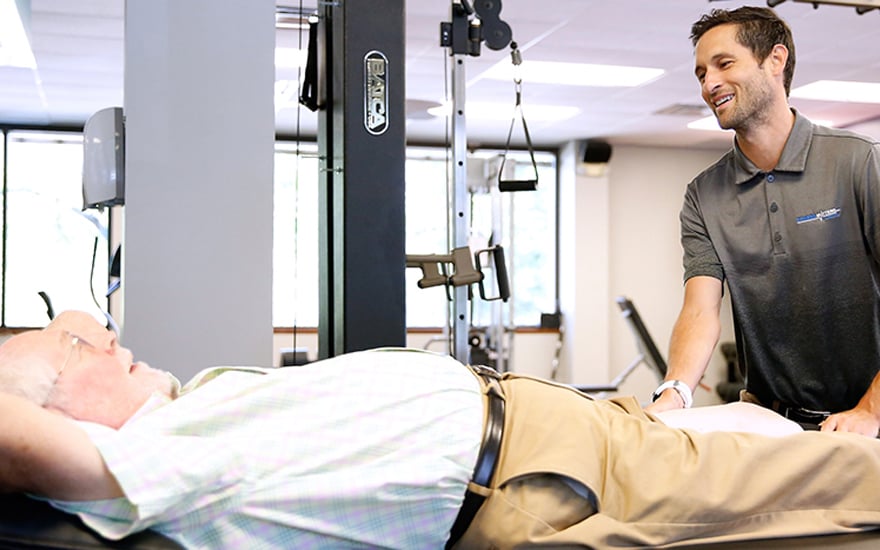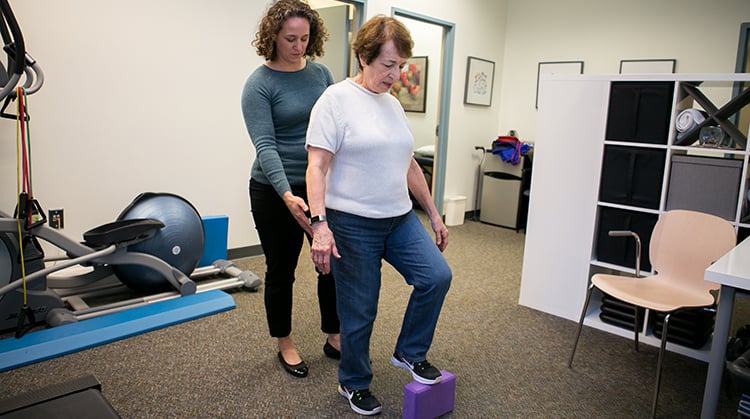“Overtraining occurs when you exceed your body’s ability to recover from strenuous exercise,” says trainer Ken Rawlins, trainer and founder of the SCULPT fitness app. ” It happens when you don’t give your body enough time to rest and repair. This can cause your performance to significantly decline in and out of the gym.” Read on to find out why pushing your body past its limits is not a good idea, plus the signs of overtraining that are worth cueing into.
Why overtraining is a bad thing
In simplest terms, overtraining means that you’re working out too hard, too often, and too long without giving your body the rest it needs to recover. “Overtraining is a physiological state caused by an imbalance of the amount you’re working out compared to the amount of rest,” says trainer Kathy Smith. “It can almost feel like a ‘workout hangover,’ and can include symptoms such as lack of energy and motivation.”
When you work out, tiny micro-tears occur in your muscles, and it’s the recovery of those micro-tears that ultimately helps you get stronger. When you don’t give muscles proper time to repair, it can lead to issues. “Rest and recovery is very important to improve your strength and stamina, because it allows your body to repair damaged tissue,” says Rawlins. “Without adequate rest and recovery, this can backfire and decrease your athletic performance. Proper conditioning requires a balance between overload and recovery. Overtraining during your workout routine is a bad idea to eliminate fatigue and exhaustion.”
Whether you’re a fitness beginner or a professional athlete, it can be easy to fall into the trap of pushing your body past its threshold. “It is common that athletes, who train for a specific event or competition, tend to exercise beyond their body’s ability to recover—continuous training can surprisingly weaken the strongest athletes—but you don’t have to be training excessively to suffer the effects of overtraining,” says Rawlins. For exercise newbies, overtraining tends to happen when you try to do too much, too soon. “One of the biggest mistakes for beginners is that after months or years without training, they try to make up for lost time,” says Juliet Kaska, a celebrity trainer and Vionic Innovation Lab expert. “In an attempt to get results quickly, they pack everything into their first two weeks. This can set the stage for overuse injuries, and delay progress. It can lead to prolonged fatigue, unusual muscle soreness, and decreased performance.”
Signs of overtraining
1. Lack of improved performance
If you’re working out nonstop and finding that you aren’t getting any stronger, overtraining could be to blame. “The tell-tale sign of overtraining is lack of improved performance, despite your work ethic or training intensity,” says Rawlins. “Decreased strength, agility, and endurance are all common signs of overtraining, and this can make effortless workouts feel unusually difficult.” So if you’re used to powering through 10 push-ups, no problem, and are suddenly unable to do a single one in perfect form, take it as a sign that it’s time for a day off.
2. Aches and pains
“One of the first signs that you’ve overtrained includes muscle soreness, including a feeling of ‘heaviness’ in your body, even when you’re doing light activities,” says Smith. This is different than your usual second-day soreness, in that it sticks around and makes it more challenging than usual to move through your everyday life. These aches and pains also make it more difficult to do your workouts properly, which puts you at a heightened risk of injury. “I’m all for discipline and follow-through, but when you’re barely making it through your workout, or your form continues to slide, your body is telling you to slow down,” says Kaska.
3. Mood swings
Exercise is known to trigger a spike of cortisol—aka the stress hormone—in your body, and when you don’t allow time for your cortisol to level out, it can have an impact on your mood. “Overtraining can significantly affect your stress hormones and sex drive that will cause mood swings and irritability,” says Rawlins. You may feel anxious, depressed, and unable to focus. Taking a day off, or at the very least treating your body to a lower-impact, cortisol-conscious workout, can help restore balance.
4. Elevated blood pressure and resting heart rate
While moderate exercise is celebrated for its ability to lower your resting heart rate, getting too much of it can backfire on this front. According to a 2016 study, one of the side-effects of overtraining is an elevation in both your blood pressure and resting heart rate. A “normal” resting heart rate can fall anywhere between 60 and 100 beats per minute, so it’s important to stay in tune with what “normal” looks like for you and be aware of any changes.
5. Changes in energy and sleep patterns
Overtraining comes with the catch-22 of making you feel more exhausted than usual while also making it harder to sleep. Per a 2018 study, sleep quality and quantity declined as a result of an increased training load, and “poor sleep is a common complaint among overreached and/or overtrained athletes.”
How to prevent overtraining
1. REST
The most important thing you can do to prevent these signs of overtraining is (say it with me now) rest and recover. “When we place this stress on the body, especially with higher intensity exercise, we create physical damage of small tears in the muscle fiber, and periodic rest is important so that the body can heal these tears–that’s when we gain our strength,” says Kaska. “Healing happens during recovery or rest periods.” Of course, “rest” doesn’t have to mean lying on the couch and doing nothing (though it certainly can!). If you want to keep moving on your dedicated rest days, choose a lower-impact activity, like a light walk or a stretch class.
2. Set attainable goals
Instead of following along with the trendiest new Instagram workout—which may or may not work for your body—set attainable goals that work for you. “Develop a training program that works for you and your current level of fitness,” says Kaska. “Set goals that progressively increase with time. If you’re not a runner, it isn’t realistic to aim for running ten miles a day…by next week. But slowly adding minutes to your run over the course of a month is much more measurable, and safer, too.”
3. Listen to your body
It may sound simple, but if your body is telling you to take a day off, listen to it. “If you’re weak or sore, give your body time to rest and recover,” says Rawlins, and Kaska and Smith wholeheartedly agree.
What to do if you’ve overtrained
1. Sleep
In addition to taking your usual rest and recovery days (which, by now, you know are just as important as your workouts), if your body is showing signs of overtraining it’s extra important to focus on getting enough sleep. “Sleep, a lot!” says Rawlins. “Sleep doesn’t only give your muscles rest, it will balance your hormones.
2. Lighten up your load
When you are ready to go back to the gym after overtraining, you’ll want to take a “slow and steady wins the race”-style approach. “Decrease the number of sets and reps, the length of time you train and reduce your level of intensity,” says Rawlins. This will help you avoid ending up back in the same cycle of pushing too hard.
3. Take a look at what you’re eating
Diet and exercise go hand-in-hand, and it’s important to give your body the fuel it needs to get through your workouts. “Identify nutrition deficiencies in your diet,” suggests Rawlins. “Refueling the body with a mixture of proteins and carbohydrates should be a priority, immediately after each workout.”









